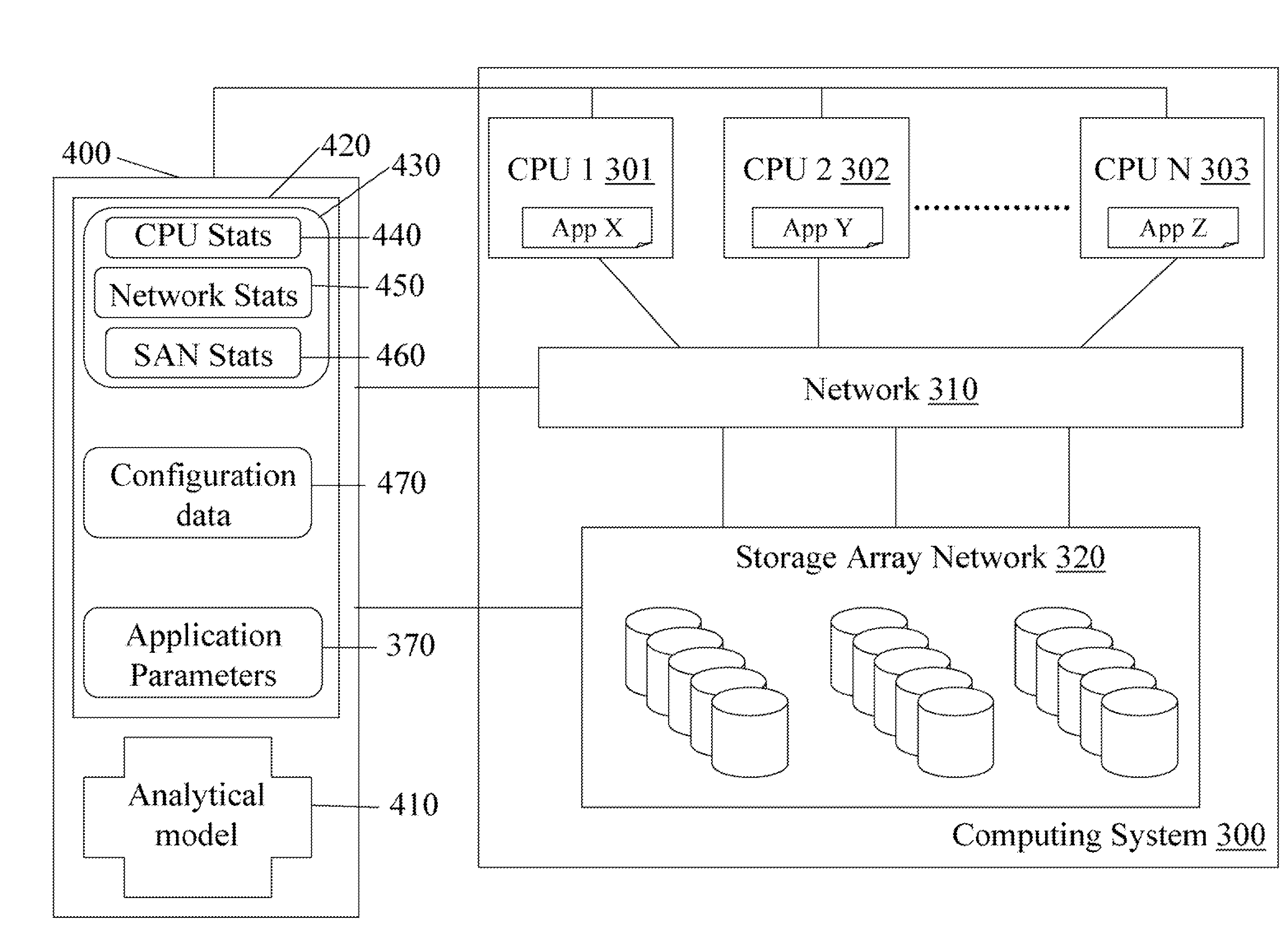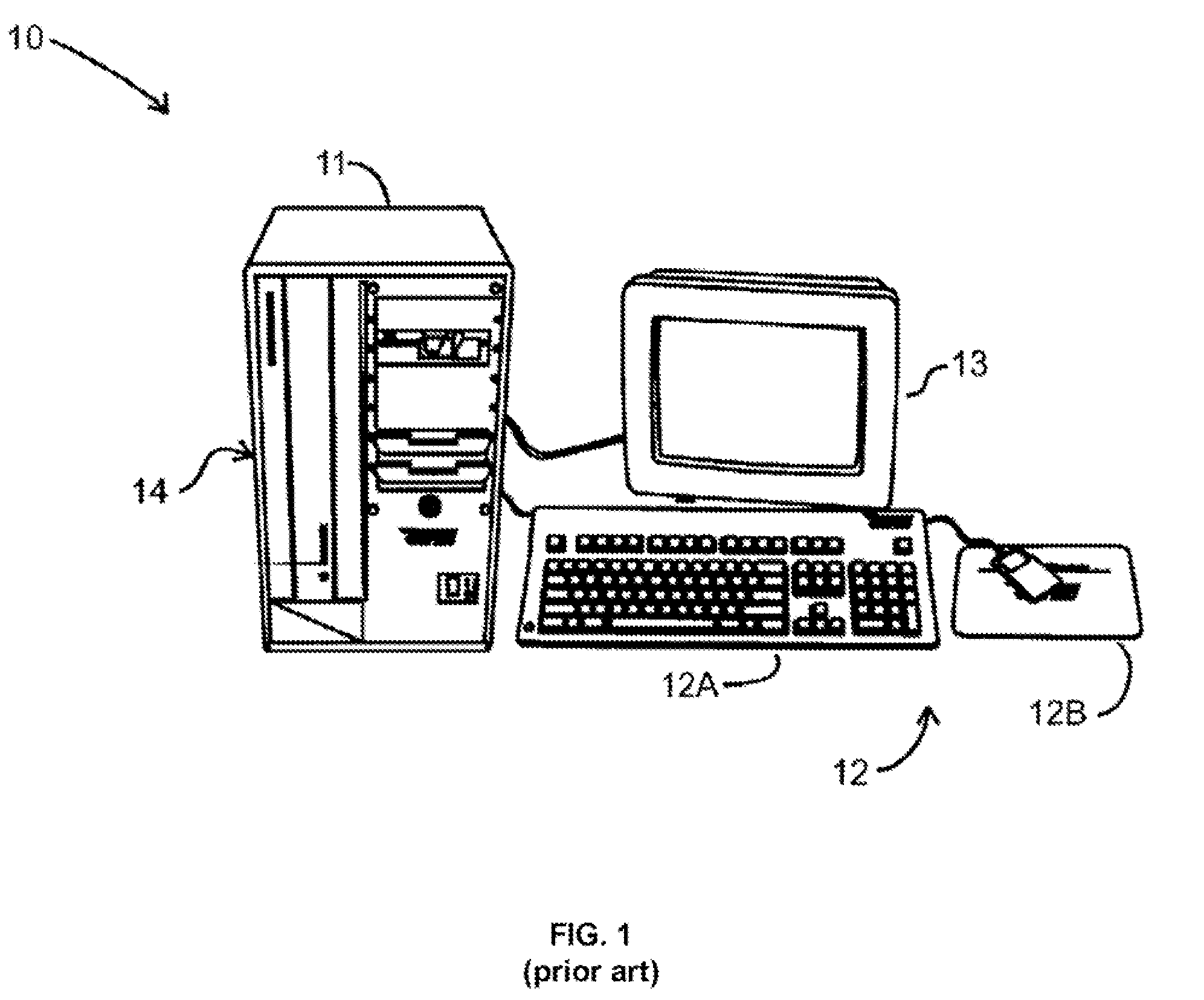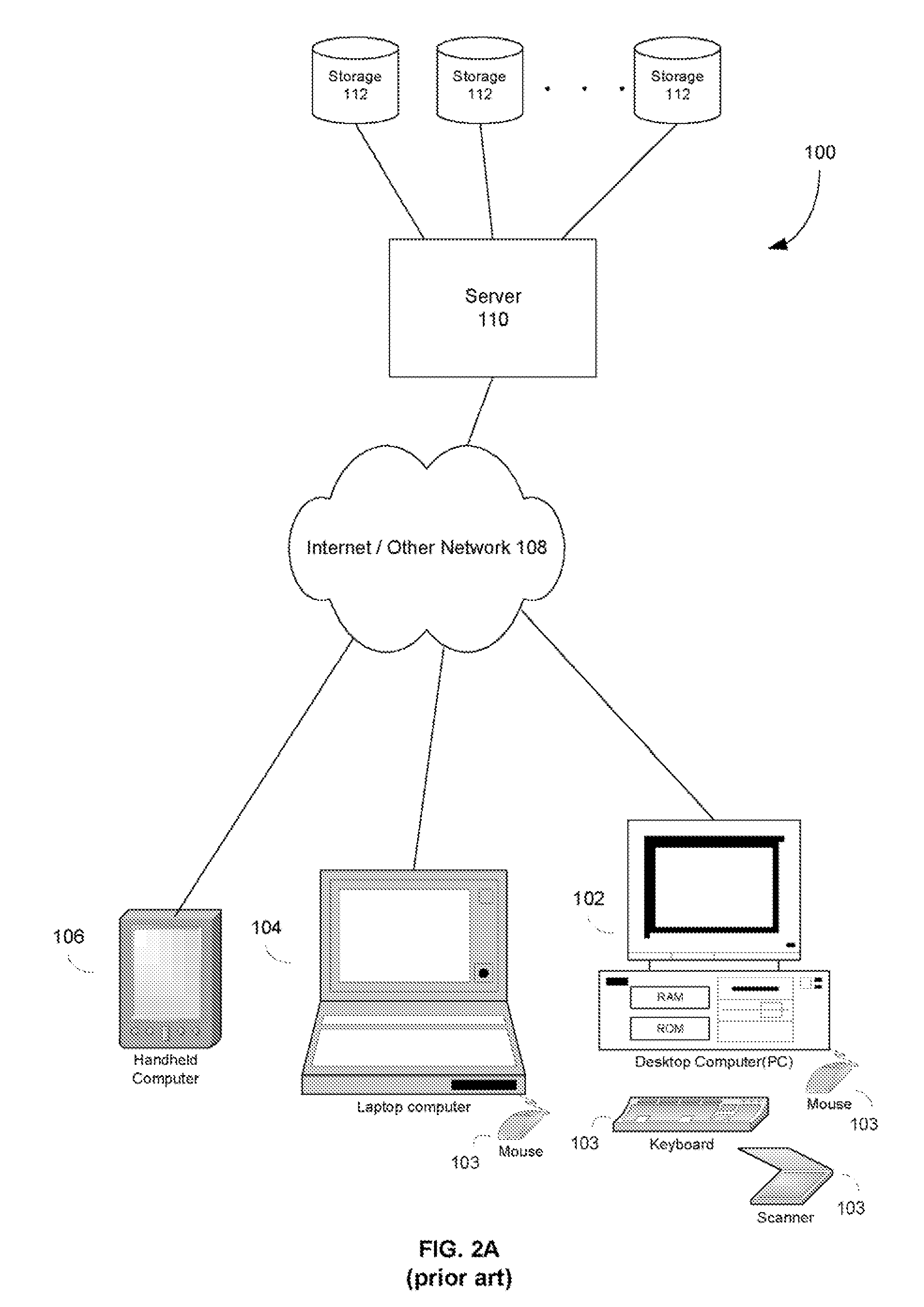Managing application system load
a software application and load management technology, applied in the direction of error detection/correction, digital computers, instruments, etc., can solve the problems of individual applications experiencing performance impact, affecting each other's performance, and poor overall performance of the applications sharing centralized resources, so as to facilitate improved resource sharing
- Summary
- Abstract
- Description
- Claims
- Application Information
AI Technical Summary
Benefits of technology
Problems solved by technology
Method used
Image
Examples
Embodiment Construction
[0042]The following description set forth numerous specific details to provide an understanding of the invention. However, those skilled in the art will appreciate that the invention may be practiced without these specific details. In other instances, well-known methods, procedures, components, protocols, algorithms, and circuits have not been described in detail so as not to obscure the invention. The following discussion describes various aspects of the invention, including those related to addressing load on storage resources, and aspects related to balancing CPU, network and SAN resources by properly adjusting application parameters.
Digital Processing Environment in Which the Invention can be Implemented
[0043]Before describing particular examples and embodiments of the invention, the following is a discussion, to be read in connection with FIGS. 1 and 2A-B, of underlying digital processing structures and environments in which the invention may be implemented and practiced.
[0044]...
PUM
 Login to View More
Login to View More Abstract
Description
Claims
Application Information
 Login to View More
Login to View More - R&D
- Intellectual Property
- Life Sciences
- Materials
- Tech Scout
- Unparalleled Data Quality
- Higher Quality Content
- 60% Fewer Hallucinations
Browse by: Latest US Patents, China's latest patents, Technical Efficacy Thesaurus, Application Domain, Technology Topic, Popular Technical Reports.
© 2025 PatSnap. All rights reserved.Legal|Privacy policy|Modern Slavery Act Transparency Statement|Sitemap|About US| Contact US: help@patsnap.com



